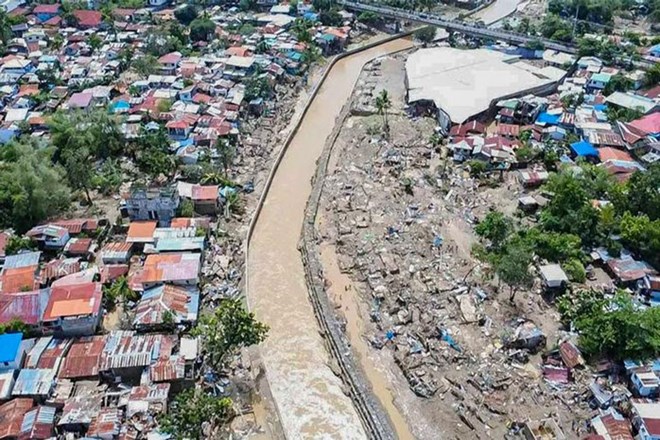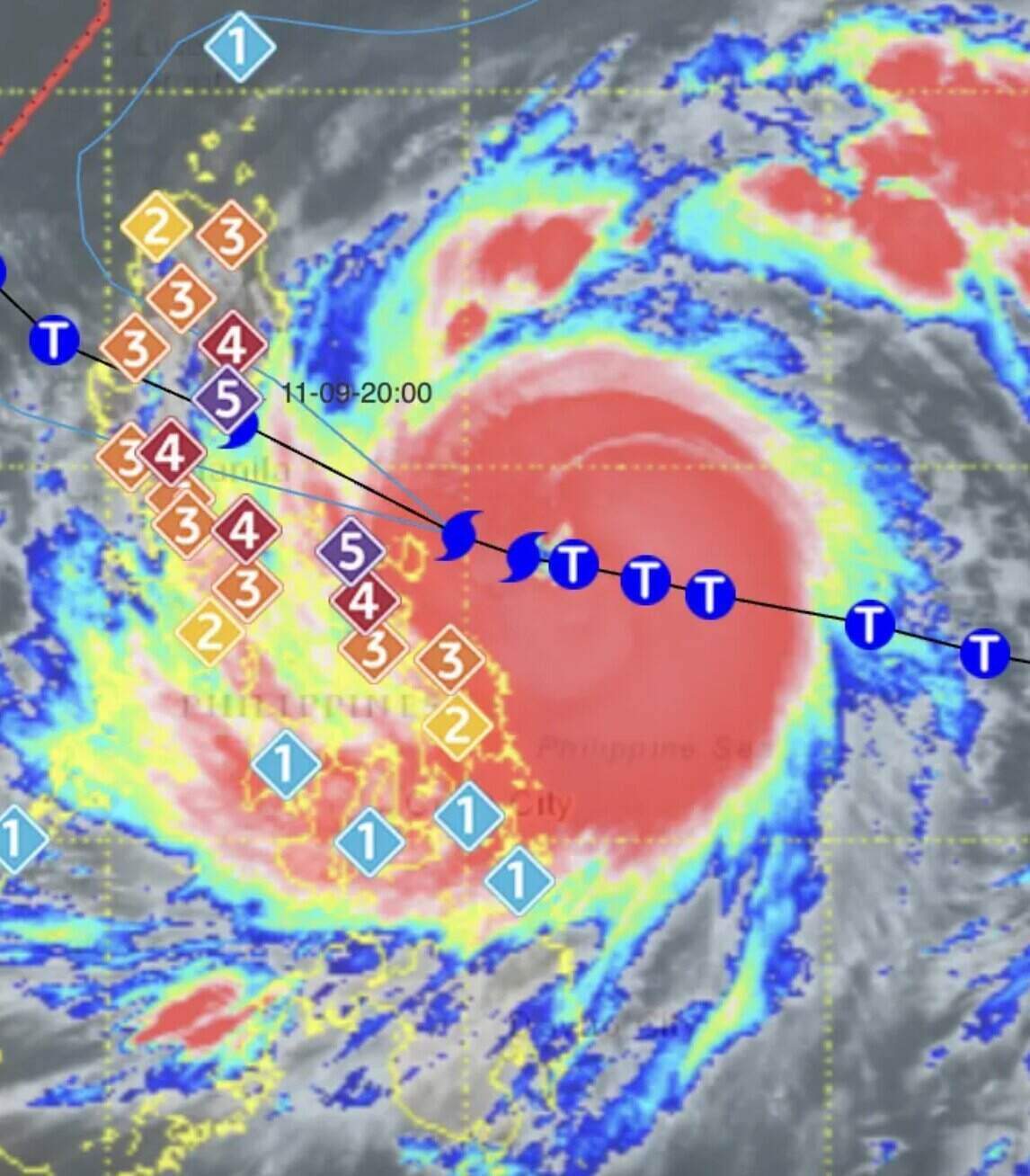On November 9, Philippine President Ferdinand Romualdez Marcos signed a one-year national disaster declaration to accelerate relief and recovery efforts after the terrible devastation caused by Typhoon Kalmaegi.
Decree No. 1077, signed by Marcos on November 5 and widely released on November 9, allows national and local governments to use special funds for emergency and reconstruction programs. The national disaster status will be valid for 1 year, unless it is lifted by the President earlier.
This move also allows the immediate implementation of economic control measures, including imposing ceilings on basic goods, granting interest-free loans to severely affected sectors, and preventing speculation, profiteering and hoarding of essential goods, medicine and fuel.
Government agencies have also been ordered to implement recovery measures after natural disasters, while law enforcement units, with the support of the military, have been instructed to maintain order in areas affected by super typhoons.


The national disaster declaration comes after the Philippines experienced one of the deadliest storms of the year. Typhoon Kalmaegi has swept across large areas in the central and southern Philippines.
The Office of Civil Defense (OCD) confirmed on November 9 that the death toll from storm Kalmaegi had reached 224. More than 100 people are still missing and 526 others were injured. The storm caused severe flooding and landslides over a wide area, leaving behind devastating consequences.
While relief efforts after Typhoon Kalmaegi are still ongoing, the Philippines is struggling to prepare for a new super typhoon, Fung-wong (local name Uwan). The storm is rapidly strengthening and is expected to make landfall on the evening of November 9 or early morning of November 10.

The state weather agency PAGASA warned that this is a Category 5 storm, the strongest level on the scale, which could bring devastating winds, showers, floods and landslides, and risk disrupting essential services and communications.
The center of super typhoon Fung-wong is experiencing maximum sustained winds of 185 km/h and gusts of up to 230 km/h. The storm is moving west-northwest at a rapid speed of 30 km/h. This is the 21st tropical storm to hit the Philippines this year, surpassing the annual average of 20 storms.











